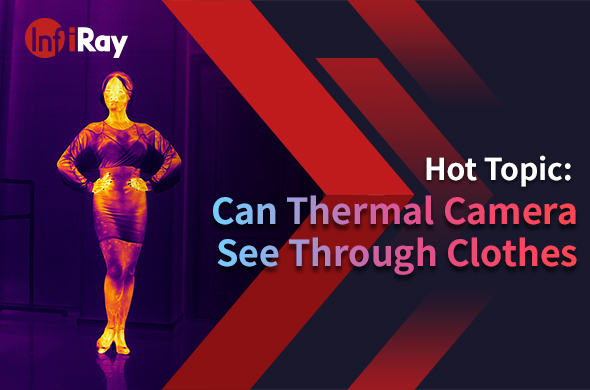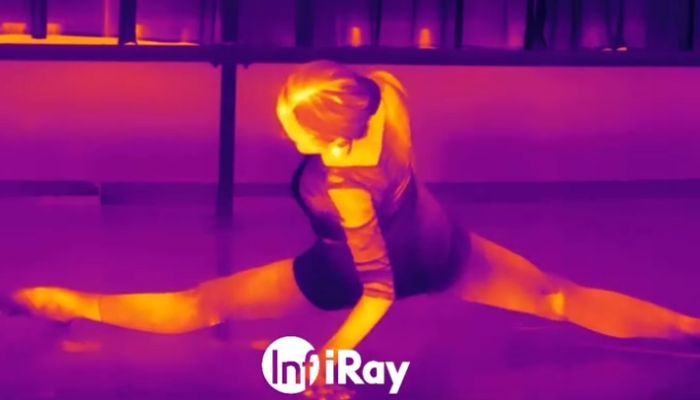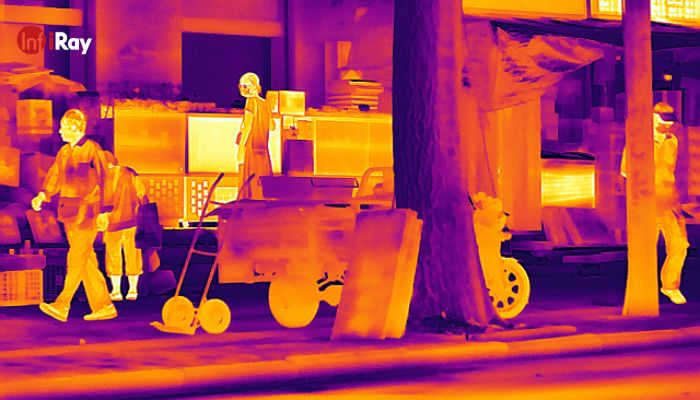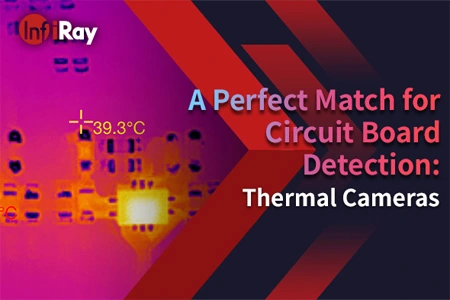Can Thermal Cameras See Through Clothes?

Thermal cameras, also known as infrared cameras, have gained widespread attention for their ability to capture heat signatures and produce images based on temperature variations. One common question that arises is whether thermal cameras can see through clothes. In this article, we will delve into the workings of thermal imaging technology to understand its capabilities and limitations in this regard.
Understanding Thermal Imaging
Thermal imaging, a cornerstone of modern technology, operates on the principle of detecting infrared radiation emitted by objects based on their temperature. Unlike conventional cameras that rely on visible light, thermal cameras capture heat signatures, translating them into visible images. This technology excels at revealing temperature variations, with warmer objects appearing brighter and cooler ones darker. Understanding the mechanics of thermal imaging is crucial for comprehending its applications across various fields, from industrial inspections to medical diagnostics. By grasping its fundamental workings, we gain insight into its capabilities and limitations, enabling us to harness its full potential in diverse settings.

Myths vs. Reality: Can Thermal Cameras See Through Clothes?
Despite pervasive myths, the reality is that thermal cameras cannot penetrate clothing to reveal what lies beneath. This misconception often arises from a misunderstanding of how thermal imaging works. While thermal cameras excel at detecting heat signatures and capturing temperature variations, they are unable to see through solid objects like clothing. This limitation stems from the insulating properties of clothing materials, which block the transmission of heat. Understanding this distinction is crucial for dispelling misconceptions and recognizing the capabilities of thermal imaging technology. By acknowledging its limitations, we can approach its use more responsibly and ethically while leveraging its strengths in various applications. But short-wave infrared thermal cameras can penetrate clothes made of dacron or silk.

Alternatives to Thermal Imaging for Clothing Detection
While thermal imaging may not be suitable for detecting clothing due to its inability to penetrate solid objects, there are alternative technologies that offer viable solutions. One such alternative is millimeter-wave scanning, widely employed in security settings like airports. These scanners utilize low-energy radio waves to detect concealed objects under clothing without compromising individual privacy or revealing anatomical details. Unlike thermal cameras, millimeter-wave scanners operate by analyzing the reflected radio waves, providing a non-invasive method for clothing detection. By considering these alternatives, we can expand our options for security and surveillance applications while addressing concerns related to privacy and the ethical use of technology.
In conclusion, thermal cameras cannot see through clothes due to the insulating properties of clothing materials. While they offer valuable insights into temperature variations, they have limitations when it comes to penetrating solid objects like clothing. Understanding these limitations is crucial for using thermal imaging technology responsibly and ethically.











